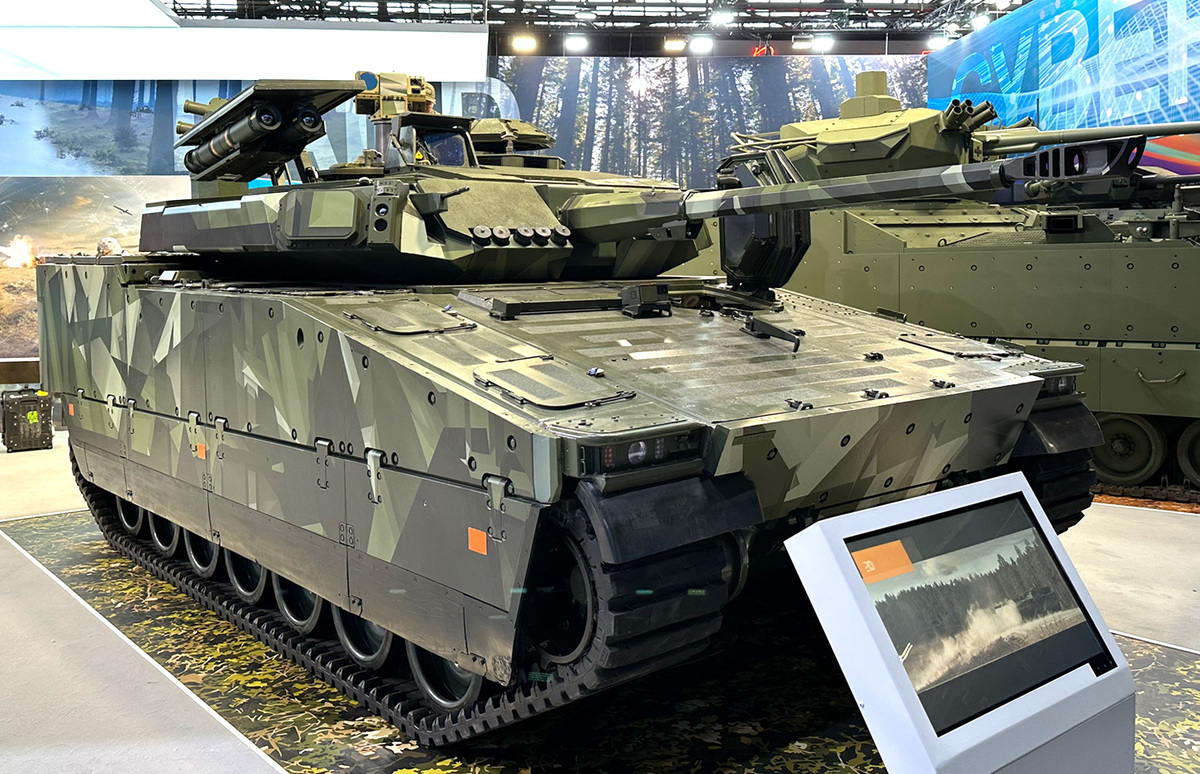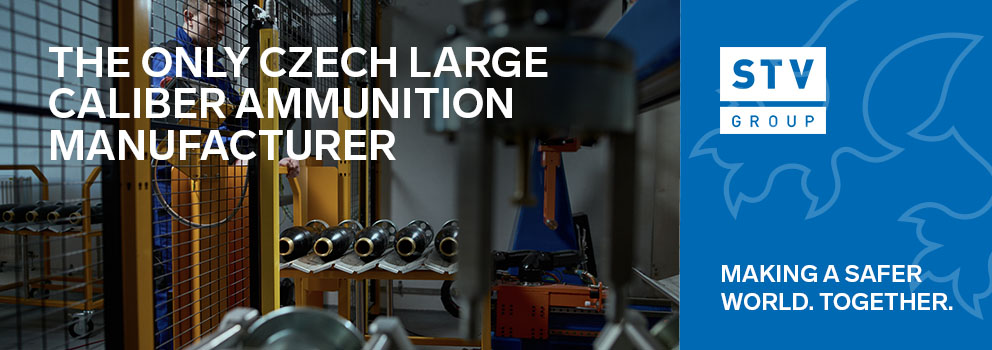Slovakia to significantly increase investment in modernization of its Armed forces
In recent years, most European countries have invested heavily in acquiring new military equipment and technology. This trend has been exacerbated by Russia's invasion of Ukraine in February 2022, as well as by previous regional conflicts in the Eurasian area and the Middle East. Slovakia is no exception. After years of neglecting its military needs, the country is now dramatically increasing its defense spending and implementing significant modernization projects. In 2024, investment in military equipment is expected to reach EUR 1.6 billion, potentially increasing to EUR 1.7 billion by 2026.
In early December, the Council for Budget Responsibility of the Slovak Republic (CBSR) published a report on investments in the modernization of the Armed Forces of the Slovak Republic (AF SR) for the next two years. Funding for new equipment purchases is set to increase substantially during this period, reaching record levels. Public investment in the Slovak army's modernization will hit EUR 1.6 billion in 2024, with expenditure surpassing EUR 1.7 billion in 2025.
This increase in public investment reflects both ongoing modernization projects, such as the acquisition of F-16 aircraft and Patria armored combat vehicles, and new initiatives. Notable examples include payments for CV9035 MkIV tracked infantry fighting vehicles, the purchase of advanced air defense systems, and the acquisition of logistics and cargo vehicles. These efforts will contribute to Slovakia's total defense spending, projected to reach approximately 2.3% of GDP over the next two years. This represents a marked rise compared to the 2012–2017 period, during which defense spending hovered around 1% of GDP. Additional modernization projects, including the purchase of main battle tanks, 4x4 armored vehicles, and new transport aircraft, may further influence investment volumes in coming years.

Investments in the Slovak Armed Forces (SAF) are critical for their continued development. According to documents from the Slovak Ministry of Defence and materials from the army, much of the military equipment is outdated, exceeding its service life and failing to meet the standards of modern warfare. The modernization of the SAF was recently endorsed by the President of Slovakia, Peter Pellegrini, who emphasized that strengthening national security must be a priority for every government. Achieving this objective requires increased military spending and the replacement of obsolete equipment. The SAF currently relies on equipment largely dating back to the 20th century, and soldiers face challenges such as a lack of spare parts, which adversely impacts equipment readiness and deployment.

A key goal of the current government, led by the Ministry of Defence under Robert Kaliňák, is to involve the domestic defense industry in the modernization of the Slovak army. The defense sector has demonstrated in recent years its importance in providing national security while significantly contributing to economic growth. For this reason, it is essential that military equipment purchases maximize the involvement of the domestic defense industry, enabling it to acquire critical expertise and foster innovation. A robust and evolving defense industry also facilitates the strengthening of bilateral relations and opens up new economic opportunities.

Increasing defense spending is not unique to Slovakia but part of a broader European trend driven by evolving global security challenges. In Slovakia’s case, the army is finally receiving the attention it has long deserved. However, addressing the legacy of underfunding will be a complex task requiring political consensus, as the security of all Slovak citizens transcends political divides. Furthermore, investments in modern military equipment enhance conditions for soldiers, who are the cornerstone of Slovakia’s security infrastructure.




















